Analysis of Lease Amendments: ABC Organization and Consultancy, 2017
VerifiedAdded on 2020/04/07
|6
|1160
|36
Report
AI Summary
This report is a lease amendment letter addressed to the employees and staff members of ABC Organization and Consultancy, detailing changes introduced by the IASB authorities in lease rules and regulations. It focuses on the amendments to IAS-17 and AASB-117, covering changes in lease classification, depreciation, and the adoption of new principles. The report outlines the impact of these changes on financial metrics such as gearing ratio, assets turnover, and EBITDA, as well as off-balance sheet liabilities. It also discusses the challenges and influences faced by clients after the adoption of the new standards. The report emphasizes the need for harmonization with IFRS and GAAP rules, and the importance of including this information in the company's notes to accounts. The report concludes with key points to follow and a bibliography of relevant sources.
1 out of 6
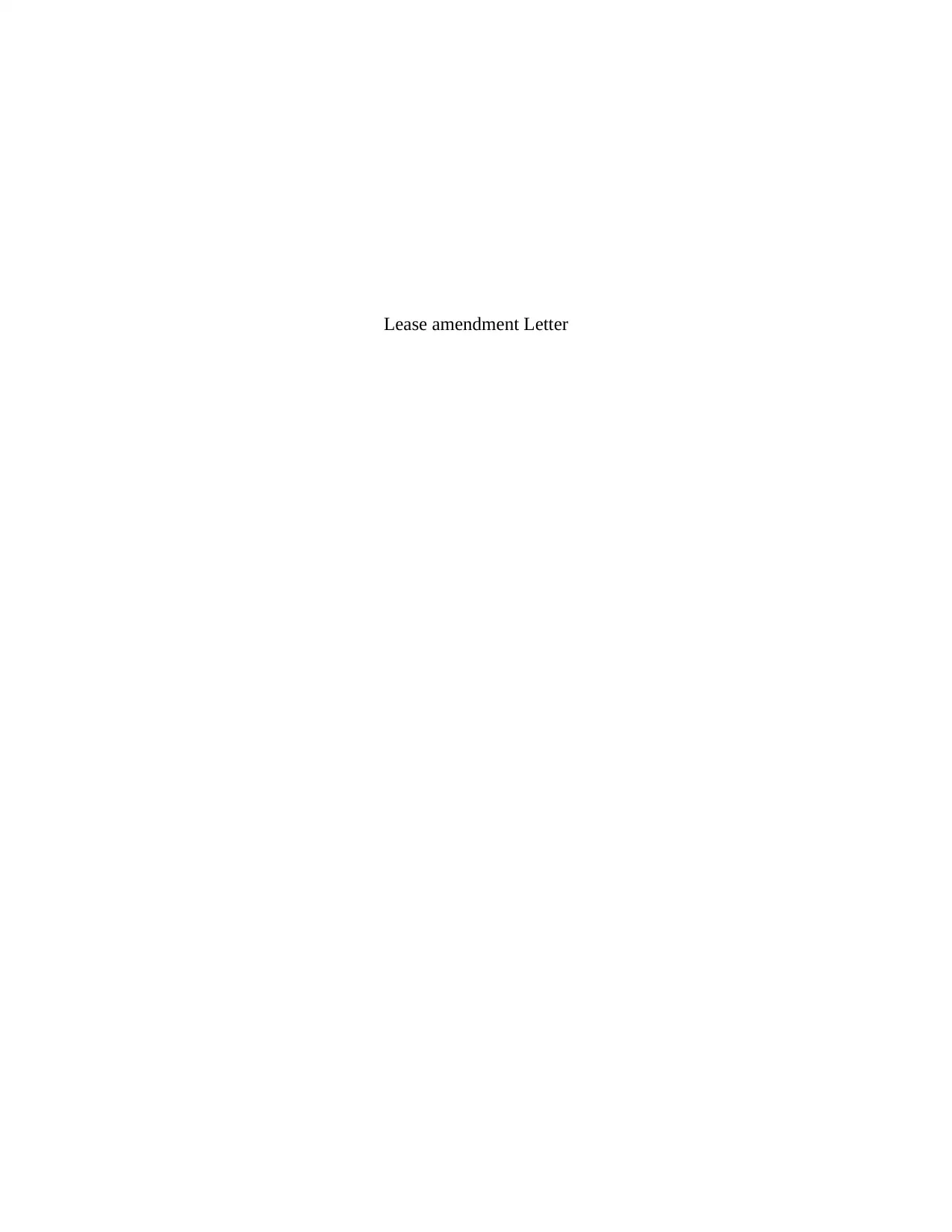
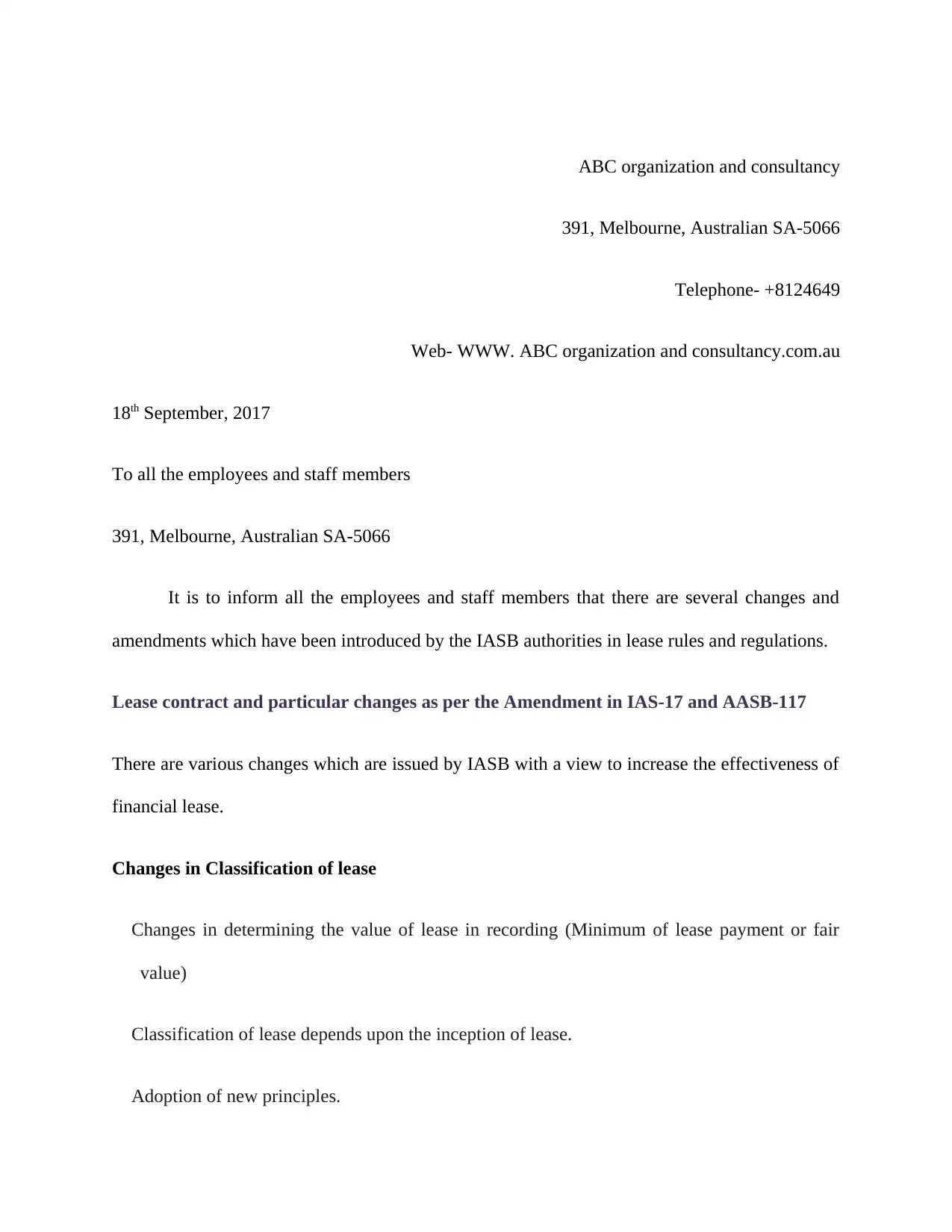
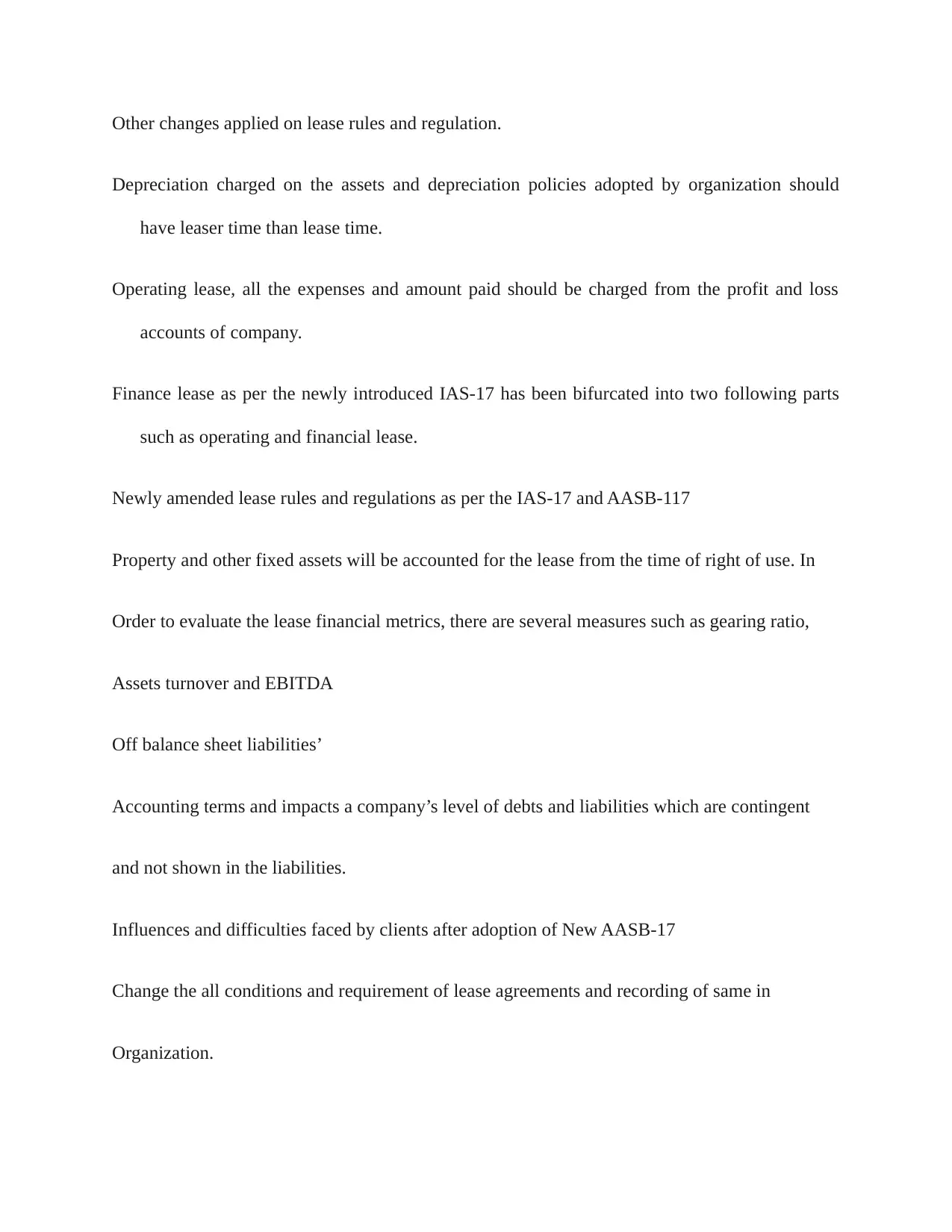

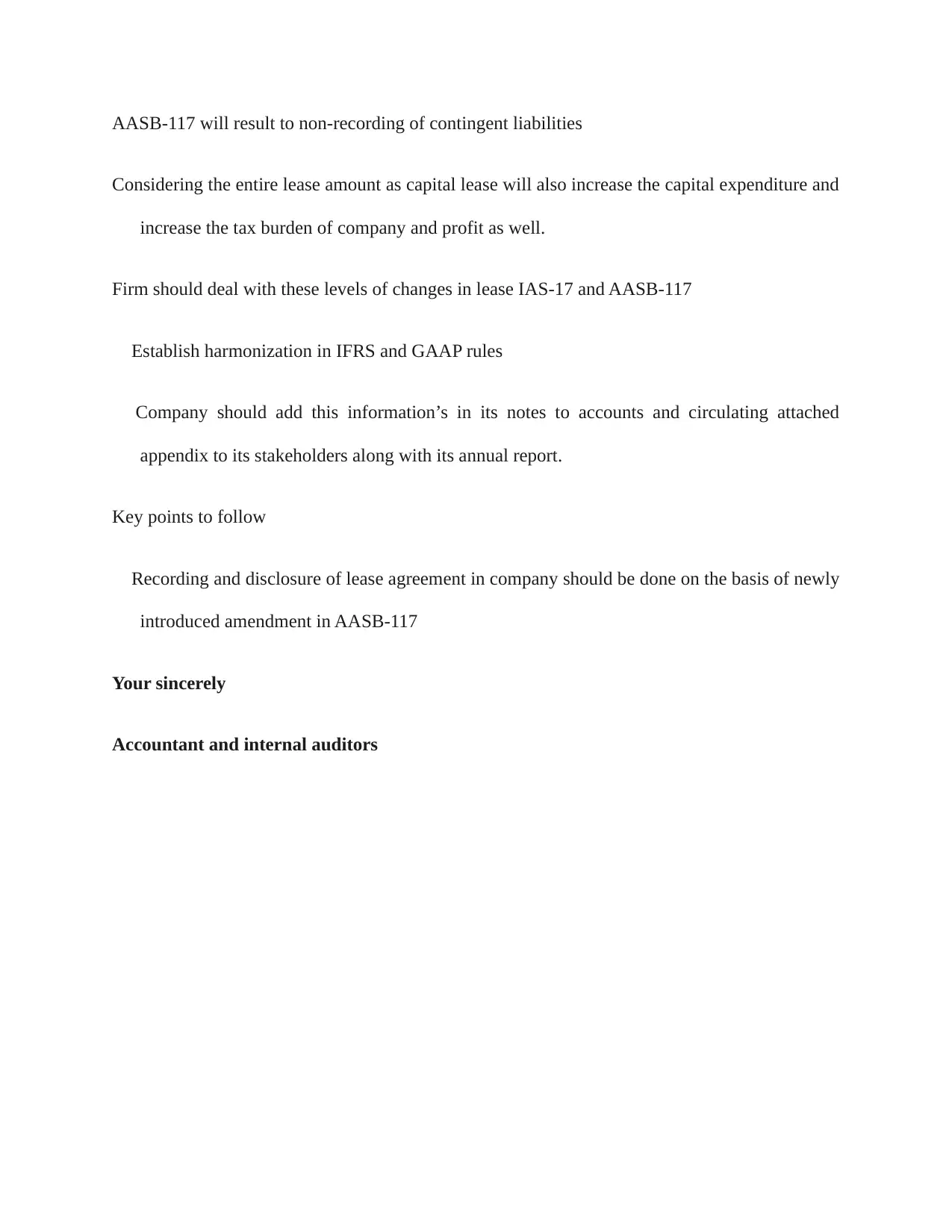
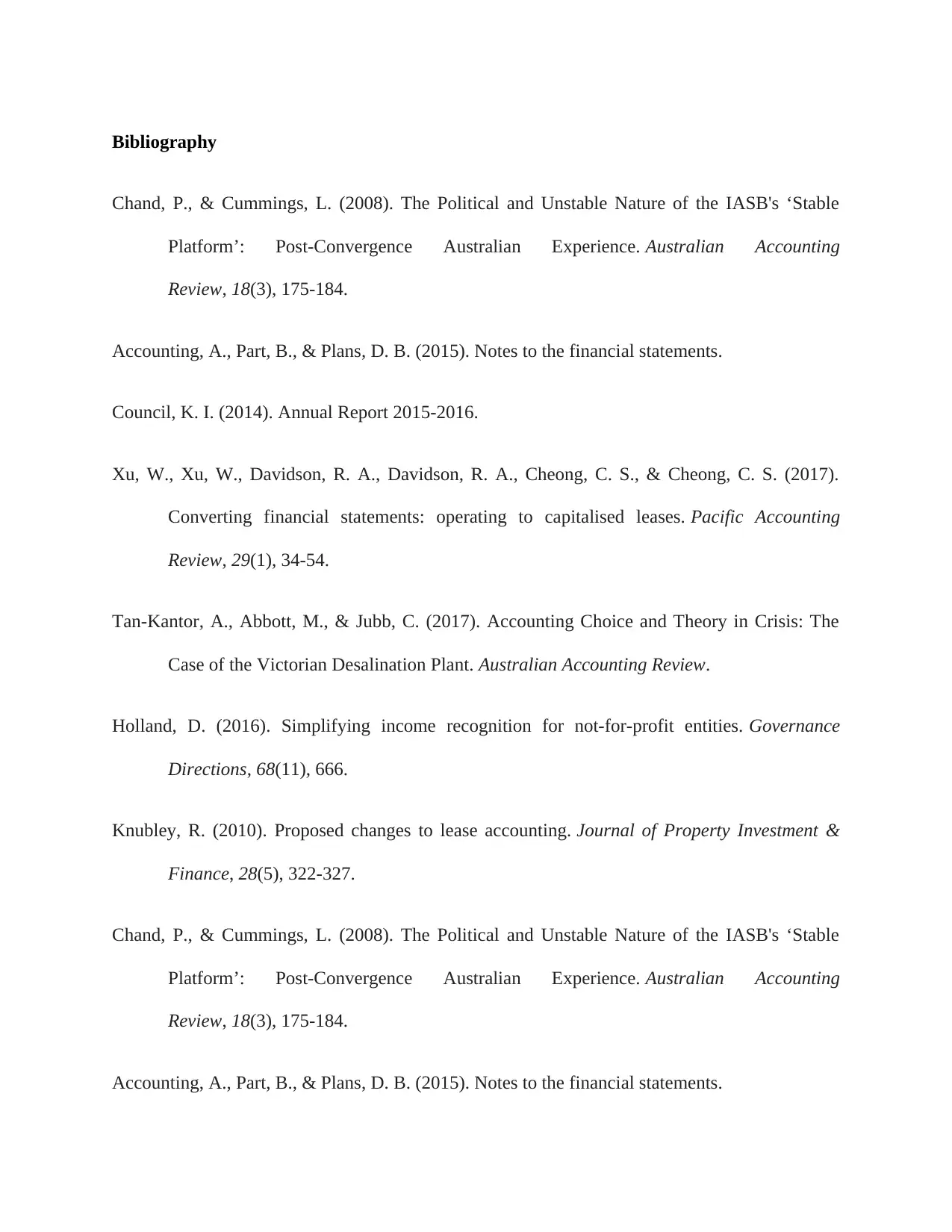
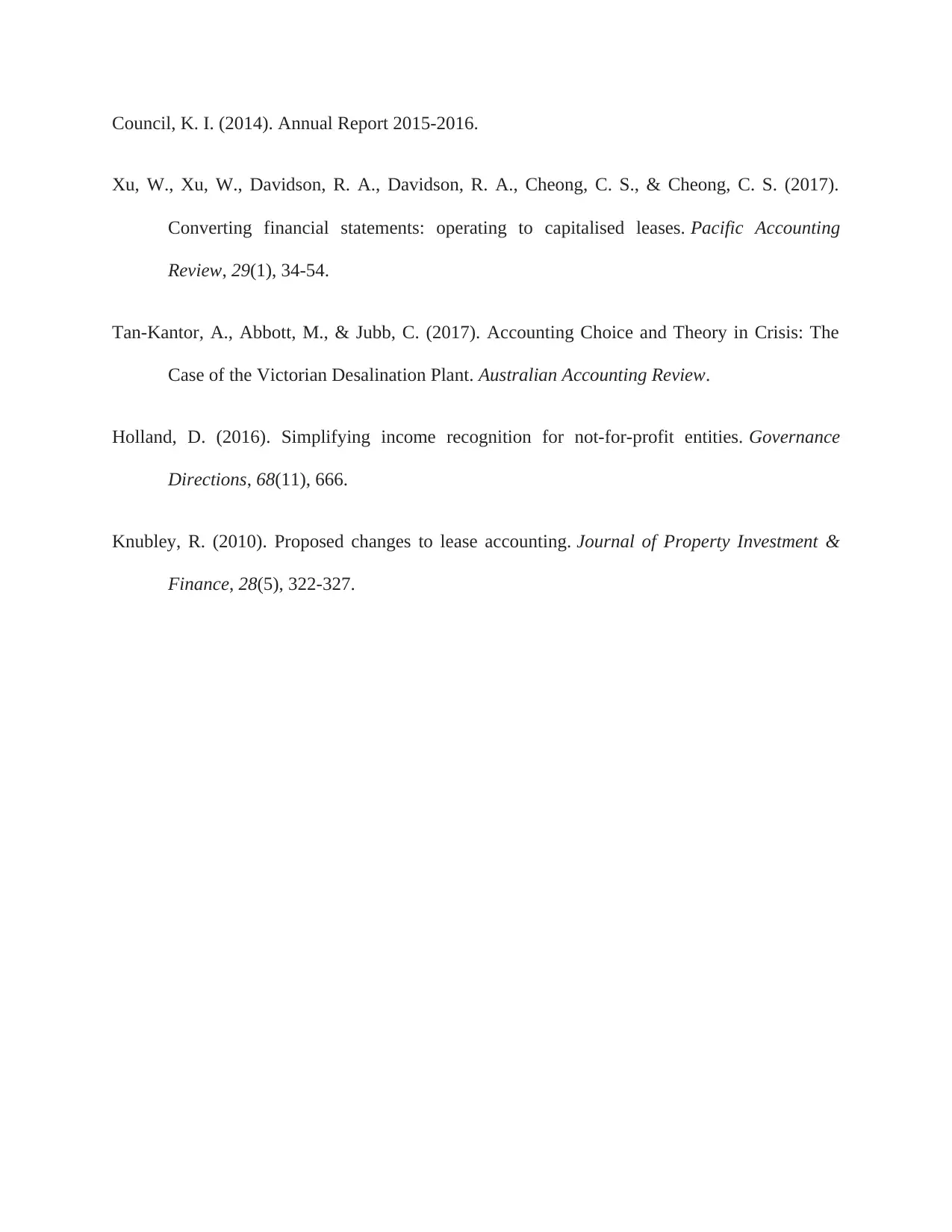





![[object Object]](/_next/static/media/star-bottom.7253800d.svg)